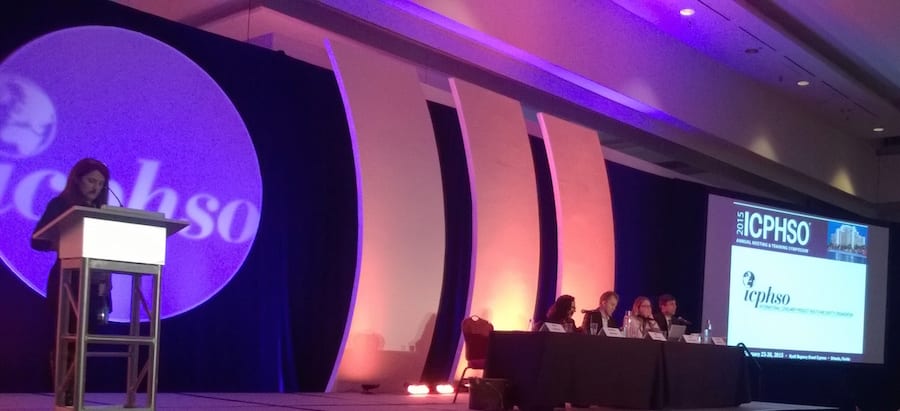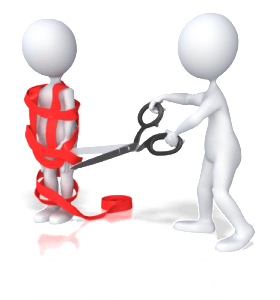 The Fiscal Year (FY) 2013 Operating Budget for the Consumer Product Safety Commission (CPSC) has some items that are likely to make either the biggest or most news in the coming year. They are the CPSC’s compliance, import surveillance and hazard identification activity.
The Fiscal Year (FY) 2013 Operating Budget for the Consumer Product Safety Commission (CPSC) has some items that are likely to make either the biggest or most news in the coming year. They are the CPSC’s compliance, import surveillance and hazard identification activity.
Compliance: Enforcement activities under the rulemaking of the Consumer Product Safety Improvement Act of 2008 (CPSIA) will be stepped up. These compliance efforts will include; data analysis, investigations and assessing the level of compliance with new regulations. The 2013 budget targets compliance and enforcement programs for;
- CPSIA-mandated requirements for cribs, toddler beds, play yards, bed rails, strollers, and swings
- Federal Hazardous Substances Act regulations for toys, bath seats, rattles, pacifiers and infant pillows
Import Surveillance: With the passage of the CPSIA, the CPSC was directed to create an International Trade Data System/Risk Assessment Methodology (ITDS/RAM) to help identify products entering into the U.S. that have a high probability for violation of consumer product safety rules and regulations. Based on this the CPSC launched a “proof-of-concept” pilot program that uses data collected at the port by U.S. Customs and Border Protection’s (CBP) International Trade Data System, and integrates the data with CPSC surveillance systems to analyze incoming imports. Imports which are identified as “high risk” are targeted based on predetermined rule sets and stopped at the port for inspection. In 2013, this pilot program is expected to expand to 15 major U.S. ports. The CPSC has established four areas for measuring successes with the program;
- Improve import surveillance targeting effectiveness
- Facilitate legitimate trade
- Improve working effectiveness with CBP to harness existing federal port resources in the interdiction of noncompliant consumer product imports
- Protect U.S. intellectual property, consistent with the CPSC’s safety mission
The CPSC is expected to continue its collaboration with the CBP to implement national operations designed to optimize the federal government’s response to product’s that are imported into the U.S. that may put consumers at risk.
Another indication of this collaboration is the rewrite of 16 CFR 1110 which lays out the requirements for manufacturers/importers of record with regard to certificates of conformity (children’s and non-children’s products). Currently there is not a requirement for children’s product importers to file a certificate with the CBP or CPSC prior to the product entering into the U.S. The importer would only have to have the certificate “available upon request” to either the CBP or the CPSC. The proposed change would require the importer to electronically file a children’s product certificate with the CBP prior to the product entering into the U.S. as part of their importation documents.
Hazard Identification: In 2013, the CPSC will prepare draft final rules for the following products;
- Bassinets
- Bassinet attachments to play yards
- Bedside sleepers
- Handheld carriers
- Soft infant carriers
- Strollers
The CPSC will also prepare draft final rules for; rare earth magnet sets, mattresses and toy guns with caps. In addition draft rules will be prepared for infant slings, infant inclined sleep products, revisions to the FHSA definition of “strong sensitizer” and a petition for crib bumpers will be evaluated.
Voluntary Standards: The following voluntary standards are expected to have the most activity in 2013;
- Baby monitors
- Bassinets/cradles
- Bath seats (infant)
- Batteries
- Bed rails
- Bunk beds
- Beds (toddler)
- Bedside sleepers
- Bicycles
- Booster seats
- High chairs
- Youth chairs
- Changing tables
- Children’s metal jewelry
- Full-size cribs
- Non-full-size cribs/play yards
- Infant bedding/accessories
- Infant bouncers
- Infant carriers (frame)
- Infant carriers (handheld)
- Infant carriers (soft)
- Infant gates
- Infant recline sleep products
- Infant slings
- Infant swings
- Infant tubs
- Infant walkers
- Inflatable play devices
- Phthalates
- Playground equipment (for children under 2 years)
- Playground equipment (home)
- Strollers
- Toys
- Trampolines
Strategic Goals for Commitment to Prevention include;
|
Office
|
Performance Measurement
|
FY2013 Target
|
| Hazard |
Number of Voluntary standards activities supported or monitored by CPSC Staff |
69
|
| Hazard |
Number of candidates for rulemaking prepared for Commission consideration |
30
|
| Compliance |
Number of establishment inspections conducted by Field Staff |
1,000
|
| Compliance |
Percentage of products screened by CPSC Field Staff resulting in violations |
Baseline to be determined
|
| Hazard |
Number of items/component parts tested for specific standards and regulations |
36,000
|
| Import |
Number of import examinations |
13,000
|
| Import |
Sample yield per 100 import entries |
26
|
| Import |
Establish a robust ITDS/RAM rule set to target intellectual property violations where a health and safety hazard is suspected in consumer product imports |
To be determined
|
| Compliance |
Total number of products screened by CPSC Staff |
Baseline to be determined
|
| Compliance |
Number of consumer products screened by CPSC Field Staff through Internet surveillance activities |
Baseline to be determined
|
| |
|
|
Additional Items: The Commission has added the following items to the FY 2013 budget which is targeted at reducing the testing burden by manufacturers and/or importers of record for children’s products;
- Determinations Regarding Heavy Metals – the Commission would like to undertake the process of determining if there are materials that would qualify for exemption to the heavy metals specification found in section 4.3.5 of ASTM F963-11. The materials cannot be found to contain higher than allowed concentrations of the eight heavy metals.
- Determinations Regarding Phthalates – the Commission would like to undertake the process of determining if there are materials that do not, and will not, contain prohibited phthalates, and would therefore be exempt from third party testing
- Determination Regarding Adhesives in Manufactured Woods – the Commission would like to undertake the process of determining if there are any adhesives used in manufactured wood that can be determined not to contain lead in amounts above 100 ppm.
Need Help with CPSIA Compliance? Call us today to see how we can help you ensure that you Are CPSIA Ready!
Is your company compliant? Need help in deciphering the law as it pertains to you? Jacoby Solutions can review your companies compliance plan and help you tailor your business operations to ensure you comply. Contact us to get started today!





